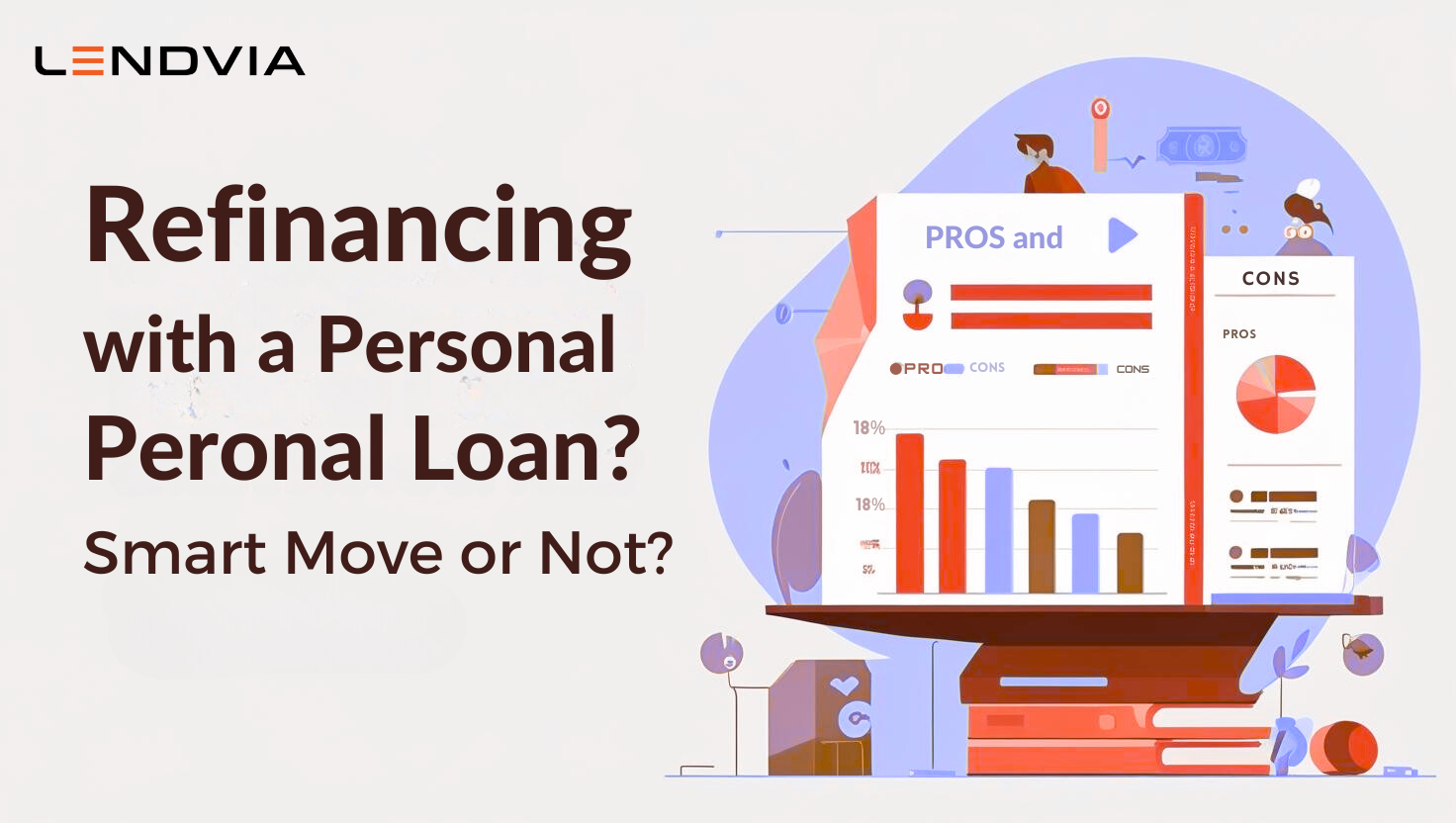
When financial needs arise whether it’s consolidating debt, paying medical bills, or funding a big purchase a personal loan can be a reliable solution. But securing one isn’t as simple as filling out a form; it requires preparation, strategy, and careful decision-making. This guide walks you through each step to make the process smoother and help you secure the best deal possible.
Step 1: Assess Your Financial Needs
Before applying, determine why you need a personal loan and how much you truly require. Borrowing more than necessary increases repayment pressure, while borrowing too little may not cover your goals. Clearly define your purpose, whether it’s debt consolidation, emergency expenses, or lifestyle upgrades.
Step 2: Check Your Credit Score
Your credit score is a key factor in loan approval and interest rates. Lenders use it to gauge your repayment reliability.
A higher score often means lower interest rates.
If your score is low, consider improving it before applying by paying bills on time, reducing debts, or correcting errors on your credit report.
Step 3: Compare Lenders and Loan Options
Not all lenders are the same. Take time to:
Research banks, credit unions, and online lenders.
Compare interest rates, fees, repayment terms, and eligibility criteria.
Look for lenders offering pre-qualification checks without affecting your credit score.
Step 4: Gather Documentation
Prepare the necessary documents before applying to avoid delays. These usually include:
Proof of identity (ID, passport, or driver’s license)
Proof of income (salary slips, tax returns, or bank statements)
Employment details
Address proof
Being organized makes the application process faster and more efficient.
Step 5: Apply for Pre-Qualification
Pre-qualification helps you understand what loan terms you might be eligible for, without impacting your credit score. It’s a good way to compare offers across multiple lenders before committing.
Step 6: Submit Your Loan Application
Once you’ve chosen the right lender, complete the official application online or at a branch. Double-check your information to avoid rejections or delays.
Step 7: Review Loan Terms Carefully
If approved, don’t rush into signing. Review the following details carefully:
Interest rate (fixed or variable)
Repayment term length
Monthly installment amount
Fees (origination, prepayment, or late payment penalties)
Make sure the loan fits your budget and financial goals.
Step 8: Accept the Loan and Use Funds Wisely
After signing, the funds are usually disbursed within a few days. Use the money responsibly—whether for debt repayment, emergencies, or other planned expenses—and avoid diverting it to unnecessary spending.
Step 9: Stay Committed to Repayments
Timely repayment is crucial to maintain your credit health. Consider setting up automatic payments to avoid missing due dates. Staying disciplined ensures you remain debt-free sooner and may even improve your credit score for future borrowing.
Final Thoughts
Securing a personal loan doesn’t have to be overwhelming. By planning ahead, comparing lenders, and understanding the terms, you can borrow confidently and responsibly. Remember: a personal loan is a tool, how effectively you use it determines whether it improves your financial well-being or creates new challenges.





Write a comment ...